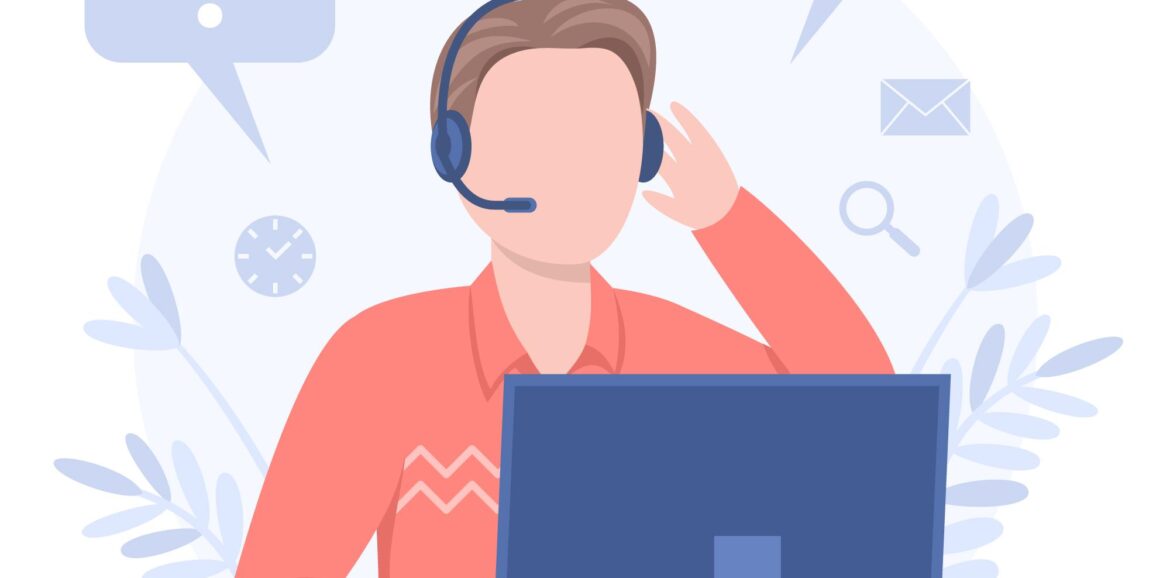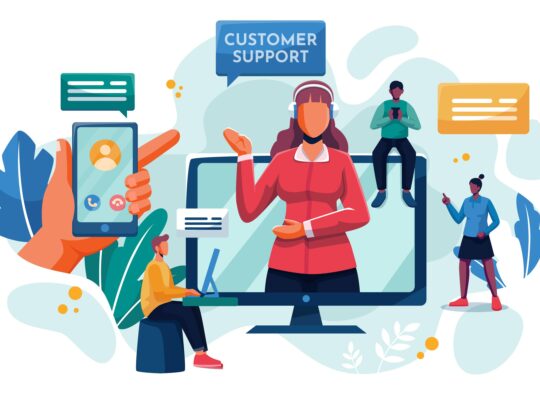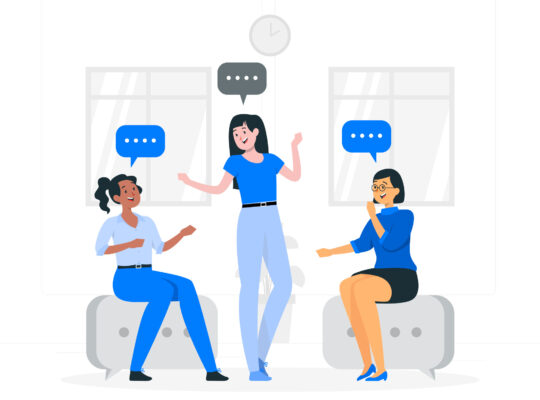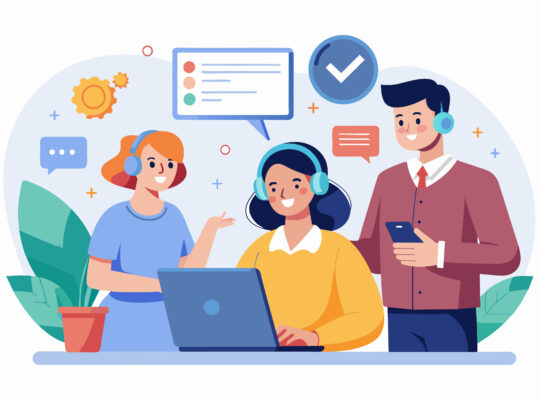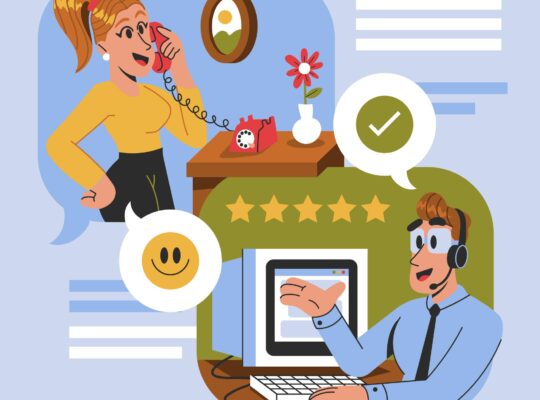| Working with Upset Customers | ||
| Instructor: Jeff Toister and Madecraft | ||
| Released: 4/10/2023 | Course Details 47m General | |
| Skills Covered Escalation Resolution Customer Service | Course Link | |
| Professional Certifications and Continuing Education Units (CEUs) N/A | ||
| More than any other topic, customer service professionals ask for advice on how to serve angry and upset customers. This course reveals proven techniques for effectively neutralizing negative situations. Customer service expert Jeff Toister also shares specific actions employees can take before and after encounters with upset customers that will reduce the likelihood of problems occurring in the future. Source: LinkedIN Learning | ||
Introduction
Serving upset customers with ease
This course will cover various customer service techniques to serve upset customers with ease.
Customer Service Techniques
- Prevent customer’s anger
- Defuse upset customers
- Learn from past experience
Exploring your upset customers learning plan
This course is intended for customer service professionals who serve angry or upset customers. If you’re a customer service leader, trainer, or small business owner, this course will give you tools and techniques that you can share with your team.
Helping the customers be right
The customer is always right! WRONG! The truth is customers are not ALWAYS right. The concept behind the popular saying is that you need to help customers, even when they are wrong.
- Avoid arguments
- Help them be right
Preventing Customer Anger
Creating personal connections with rapport
Rapport
- Create personal connections
- Gain customer forgiveness
Create Rapport
- Initiate contact
- Give warm greetings
- Use names
- Share your name
- Treat them like a VIP
Be polite and kind, even when they are angry.
Avoiding unpleasant surprises
Help your customers avoid unpleasant surprises.
Set Expectations
- Order arrival
- Solution timeframe
- Exemption policy
Be careful when setting expectations. Customers hear the best-case scenario. Use specific and clear language to set expectations. Get customers to agree to the worst case scenario. Be upfront about the worst-case scenario. Give yourself wiggle room. Refocus the customer on finding a solution.
| You May Enjoy? Jeff Toister has a short course dedicated to setting expectations. Check this link for the course |
Using preemptive acknowledgment
Preemptive Acknowledgement
Preventing a customer’s anger by acknowledging their emotions before they boil over.
- Spot the problem before the customer gets angry.
- Acknowledge the customers’ emotion.
- Fix the problem.
Think of a few situations where your customers get upset. Acknowledge their feelings before they boil over. Determine how to refocus on a solution.
Serving Angry Customers
Recognizing your natural instincts
Fight or Flight Response
A natural urge to either fight back against danger or flee from it.
Fight or Flight Symptoms
- Flushed face
- Increased heart rate
- Tunnel vision
Recognize your fight or flight symptoms and override your natural instincts.
Pause and take a deep breath. Refocus on helping your customers feel better. Accept the challenge of making the customer feel better.
Listening with empathy
Customers are typically angry at two things; 1) the problem and 2) how they are being treated. You cannot always resolve the problem however you can use empathy to sooth your customer’s negative emotions.
Empathy
The ability to relate to another person’s feelings or experiences.
Relating helps validate a customer’s feelings.
LAURA Technique
- Listen
- Acknowledge
- Understand
- Relate
- Act
LAURA works best when your tone can be heard.
Empathy Fatigue
When caring about your customer’s feelings becomes harder and harder.
Your actions make a difference. Focus on how you made the comfortable feel better at the end of the transaction which will help you deal with the next customer positively.
Apologizing effectively
You represent the company to the customer. You are not apologizing for something you did (unless you made the mistake) but rather for the situation the customer is in.
Upset Customers
- Harder to serve
- Less likely to return
- Spread negative word-of-mouth
Forgiving Customers
- Release negative energy
- Have a chance to cool down
Apology Elements
- Regret
- Responsibility
- Remedy
Say thank you when customers experience a small issue. Like “thanks for waiting, I appreciate your patience”.
Avoiding arguments
Acknowledge and Refocus Technique
- Acknowledge the customer’s feelings.
- Refocus on solving the problem.
Partner Technique
Show your customer that you are on their side and want to solve their problem.
Convince your customer that you want to work with them to solve a problem.
Trigger Word
A word or phrase that can sound confrontational or disempowering to an upset customer.
Trigger Word Examples
- No
- You should have…
Drawing the line at abusive behavior
Abusive Customer
- Yelling
- Profanity
- Intimidation
- Unwanted physical contact
The normal rules of customer service no longer apply when the customer crosses that line. You don’t have to tolerate inappropriate, abusive behavior.
You, your coworkers, and your boss can decide where the line exists. Have an honest conversation to decide in advance intolerable behaviors. Consult your organization’s safety and security policy.
General Guidelines
- Safety first
- Be firm
- Avoid confrontation
Learning from Angry Customers
Preserving the relationship
Remember, some relationships aren’t worth keeping. Take on the challenge of preserving relationships.
Follow-up after a cool down period. Apologizing allows you to request forgiveness and a second chance.
Try reconnecting with them during your next interaction.
How can I preserve customer relationships?
Conducting an after-action review
Learn from your experiences.
After-Action Review Benefits
- Avoid pretitive mistakes
- Make your job easier
- Discover new opportunities
After Action Review Steps
- Replay the scenario in your mind (focus on yourself, not the customer)
- Consider the customer’s perspective.
- Decide what to do differently.
Sharing customer feedback
Share Customer Feedback
- Listen for feedback. Remain observant.
- Find the right source. Find solutions when possible.
- Implement a solution. Sometimes you’ll need help to implement a solution.
| Remember! To experience the full benefit of this guide, I highly recommend you watch the full training session. |
